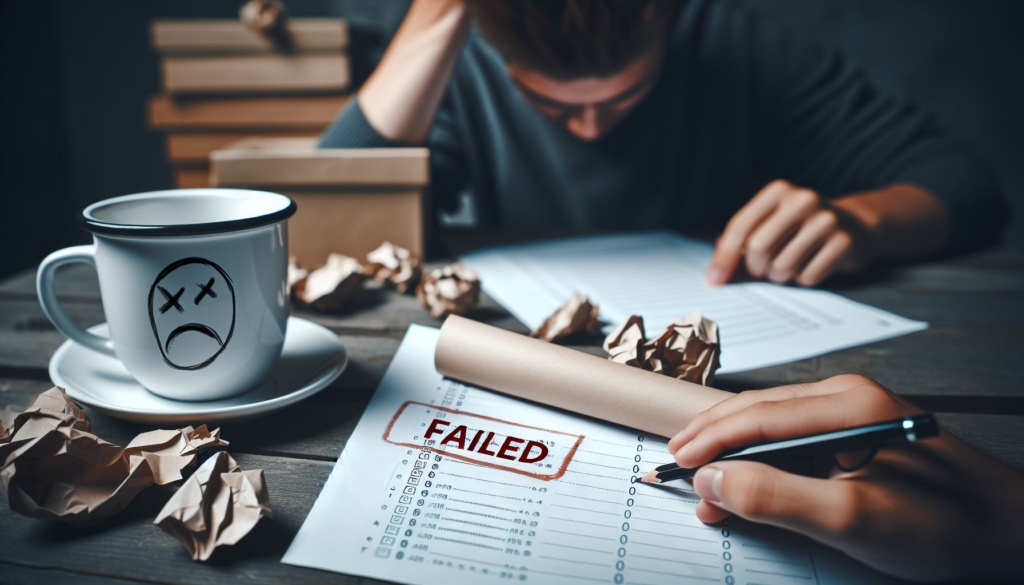Five Steps to Becoming a Board-Certified Emergency Medicine Pharmacist
1. Introduction: Overview of the importance of becoming a Board Certified Emergency Medicine Pharmacist
2. Step 1: Obtain an Accredited Pharmacy Degree
3. Step 2: Complete the NAPLEX and MPJE Exam
4. Step 3: Gain Experience in an Emergency Medicine Setting
5. Step 4: Take the BCEMP Exam
6. Step 5: Maintain the BCEMP Credential
7. Conclusion: Benefits of Becoming a Board-Certified Emergency Medicine Pharmacist
Introduction
Becoming a Board Certified Emergency Medicine Pharmacist (BCEMP) is a great way to specialize in providing safe, effective medication services in hospital settings. It requires specialized training and certification from a recognized board of pharmacy, such as the Board of Pharmacy Specialties (BPS).
This article will explain the five steps needed to become a BCEMP, including obtaining an accredited pharmacy degree, taking the NAPLEX and MPJE exams, gaining experience in an emergency medicine setting, taking the BCEMP exam, and earning and maintaining your BCEMP credential. With the right preparation and experience, you can make a difference in patient care by becoming a board-certified emergency medicine pharmacist.
Here are the five steps to becoming a board certified emergency medicine pharmacist:
1. Obtain an Accredited Pharmacy Degree – To become a BCEMP, you must first complete an accredited Doctor of Pharmacy (PharmD) degree program. Programs typically take four years to complete, and some require residency training.
2. Complete the NAPLEX and MPJE Exam – The National Association of Boards of Pharmacy (NABP) requires all pharmacy professionals to pass the NAPLEX and MPJE Exam to be eligible for certification. The NAPLEX is a national examination that gauges your knowledge and understanding of pharmacy practice. At the same time, the MPJE is a state-specific exam assessing your legal knowledge related to the distribution and use of drugs.
3. Get Experience in a emergency Medicine Setting – You must obtain at least four years of practice experience in a hospital or emergency department setting with at least 50% of time spent in the scope defined by the Board of Specialty Pharmacy to meet the requirements for board certification. During this time, you should strive to gain as much knowledge of emergency medications and protocols as possible. Another way to become eligible is with residency training . Successful completion of PGY1 pharmacy residency2 within the past seven years, plus at least two years of Emergency Medicine Pharmacy practice experience1 with at least 50% of time spent in the scope. PGY2 training is the quickest method, as BPS requires successful completion of PGY1 pharmacy residency2 plus successful completion of an ASHP-accredited/candidate status PGY2 pharmacy residency in Emergency Medicine Pharmacy within the past seven years.
4. Take the BCEMP Exam – Once you have completed the necessary experience and education, you can apply to take the BCEMP exam. This exam tests your knowledge of emergency medicine protocols, pharmacology principles, patient care and management, practice management, education and research, and regulations related to dispensing medications in an emergency setting.
5. Earn and Maintain the BCEMP Credential – After completing the exam, you will receive a certification from BPS indicating that you are now a Board Certified Emergency Medicine Pharmacist. However, to maintain this credential, you must earn at least 100 hours of continuing education credit provided by a professional development program approved by BPS. Another method is by examination, where you have to achieve a passing score on the 100-item recertification examination (administered by BPS), based on the content outline for the Emergency Medicine Pharmacy Specialty in their seventh year following initial certification.
Conclusion
Becoming a board-certified emergency medicine pharmacist is essential in providing safe, effective medication services in hospital settings. With the proper training and experience, you can make a long-term career in this field. Following the steps outlined here, anyone with a PharmD degree can become certified to practice emergency medicine. With the correct preparation and dedication, you can become a board-certified emergency medicine pharmacist and expand your career opportunities.


Responses